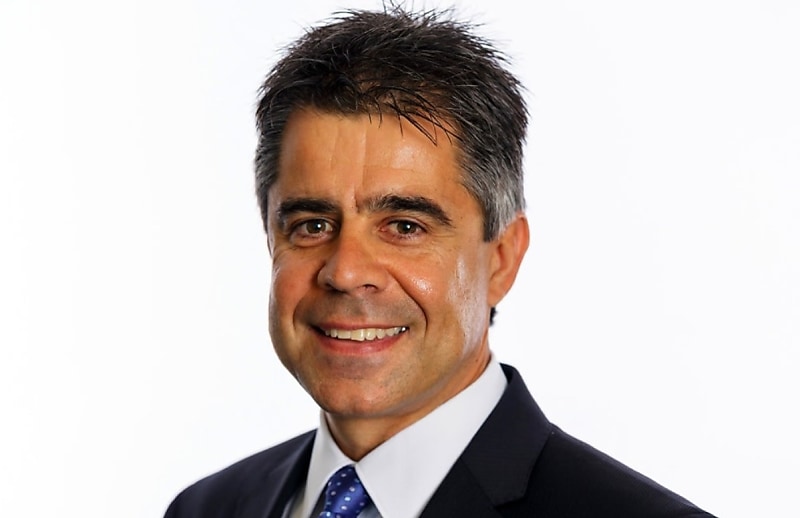The concessional and non-concessional contribution caps are set to increase from 1 July 2024, following the release of the latest average weekly ordinary time earnings (AWOTE) figure.
The concessional contribution cap will increase from $27,500 to $30,000 and the non-concessional contribution cap from $110,000 to $120,000.
You’re out of free articles for this month
Seasonally adjusted figures released by the Australian Bureau of Statistics yesterday revealed that the average weekly ordinary time earnings for full-time adults was $1,888.80 in November 2023.
The annual increase of 4.5 per cent of $81 a week, was the strongest since May 2013, aside from a brief spike in average earnings early in the COVID-19 pandemic.
The increase was enough to see the concessional contributions cap indexed by $2500, increasing the cap to $30,000.
SMSF Association chief executive Peter Burgess said with the increase in the contribution caps occurring at the same time as the stage 3 tax cuts, super members may have additional disposable income to contribute to super.
Mr Burgess said the increase in the contribution caps also means that the maximum available under the non-concessional contribution bring-forward provisions will increase from $330,000 to $360,000.
While the general transfer balance cap will remain the same, the thresholds used to determine the maximum amount of bring-forward non-concessional contributions available to an individual will also be adjusted, he stated.
Commenting on the latest AWOTE figure, ABS head of labour statistics Bjorn Jarvis said the recent rise in average earnings reflects strong wage growth, with the Wage Price Index rising by 4.2 per cent in the year to December quarter of 2023.
“This was the highest annual increase in underlying wage growth since March quarter 2009,” said Mr Jarvis.
“Average earnings growth was supported by increases in both the private sector, which rose by 4.4 per cent, and public sector, up by 4.9 per cent.”
Miranda Brownlee
AUTHOR
Miranda Brownlee is the deputy editor of SMSF Adviser, which is the leading source of news, strategy and educational content for professionals working in the SMSF sector.
Since joining the team in 2014, Miranda has been responsible for breaking some of the biggest superannuation stories in Australia, and has reported extensively on technical strategy and legislative updates.
Miranda also has broad business and financial services reporting experience, having written for titles including Investor Daily, ifa and Accountants Daily.

 Login
Login







